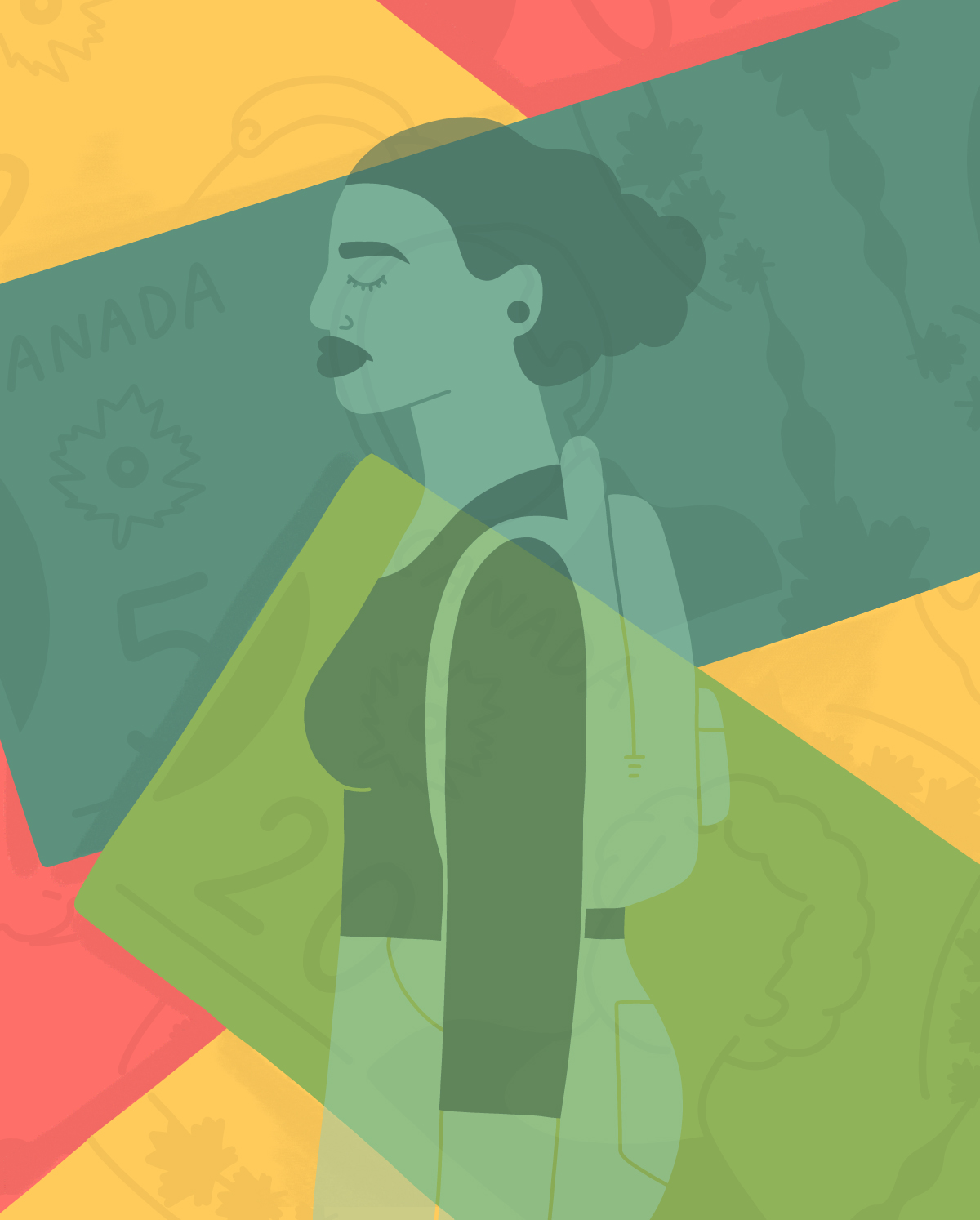To Be Italian
/Nonno Genesio standing beside his tomato plants at his Jane and Sheppard home
By Nina Boccia
Confused and nervous, I swung around and stared at my mother, who was standing at the foot of our driveway on a quiet cul de sac in Toronto’s west end. I had no idea what the kids standing in front of me were saying. Sensing my panic, she rushed over to take the post as translator. I was three years old and I didn’t speak a lick of English.
Up until then, my parents and I had communicated entirely in Italian. My father Bruno, the son of postwar immigrants, and my mother Violante, an immigrant who docked at Halifax’s Pier 21 in March 1964, decided that as soon I started speaking, it would be in Italian. It also pleased both sets of Nonnis (grandparents named Genesio, Pina, Gino and Angela), whose broken English – Italiese – had not been fixed despite nearly 30 years of residency and moderate assimilation. Nudged by the incident with the neighbourhood kids and the looming start of kindergarten, my parents figured it was time I learned Canada’s official language.
I went to Catholic elementary school, where the curriculum included a daily Italian lesson. I can still recite the Our Father and Hail Mary prayers. I can sing Fratelli d’Italia – Italy’s national anthem – and I can watch the evening news on OMNI without subtitles. I can properly pronounce the names of every single Italian woman Silvio Berlusconi has allegedly slept with and I can translate each issue of Corriere Canadese, the “Canadian Italian Daily News.”
Canadian Italian. I usually switch that order when I’m asked, “What are you?” At five feet tall, I’ve got instantly recognizable short curly hair and beady brown eyes. Depending on the angle in which I’ve winged my eyeliner,my best friend says I’m a carbon copy of actress Drea de Matteo, best known for playing mafia princess Adriana La Cerva on The Sopranos. Yet many people take a wide-eyed step back and exclaim, “But you’re so light!,” apparently shocked that I don’t have the olive skin typically found on southern Italians. The colour that once so blatantly marked hundreds of thousands of Italian immigrants as not truly “white” continues to racialize their descendants. By opting to state my dual identity, I make it clear that I’m proud to reclaim and even parade an identity my grandparents and parents buried in order to appear just as white as the mangiacakes (a reference to WASPs, which literally means “cake-eaters”).
You’ve encountered the young, loud, gesticulating Italians, I’m sure. When Italy (barely) makes it to the World Cup semi-finals, we howl like the wild dogs roaming the streets of Sicily. “FORZA AZZURRI!” can be heard from College and Euclid to St. Clair and Dufferin, north to Langstaff and Hwy 27. We always correct the mispronunciation of gnocchi (it’s nyok-kee, not gee-naw-kee) and we quote The Godfather verbatim and with a deep sense of ownership (Francis Ford Coppola is one of us, don’t you know?). We weren’t always so visibly proud. When my maternal grandparents moved from Toronto to Oshawa in 1973, a neighbour deemed them racially suspect. “Mafiosi live here,” my dark-skinned grandfather remembers overhearing. My parents faced ridicule when they brought delicious veal parmigianna or rapini paninis to school for lunch. My mother begged my Nonna Angela to buy bologna and make peanut butter and jam sandwiches. My father went on hunger strike until my Nonna Pina reluctantly gave in and substituted sliced bread for the traditional Italian loaves. All this so their white friends wouldn’t point and tease.
In the 1970s, my mother tried endlessly to explain the spirit and economic value of “Tomato Day” (a late-August day spent jarring enough tomatoes for a year-round supply of pasta sauce) to her WASP counterparts. Now I constantly boast about my Nonno’s 99 tomato plants and even invite my mangiacake friends to take part in the almost 15-hour long process. While all the quintessentially Italian toppings (Stracciatella, pecorino and prosciutto) to name a few) at Pizzeria Libretto may woo you, you haven’t had real Italian pizza until you’ve had my mother’s thin-crust dough topped with just rosemary and extra-virgin olive oil. Ironically, we call it pizza bianca (white). And all my caker friends are big fans.
Nina Boccia is an associate editor at
Azure
and managing editor at
Designlines.
She hates lasagna and puts sambuca – not sugar – in her espresso.









